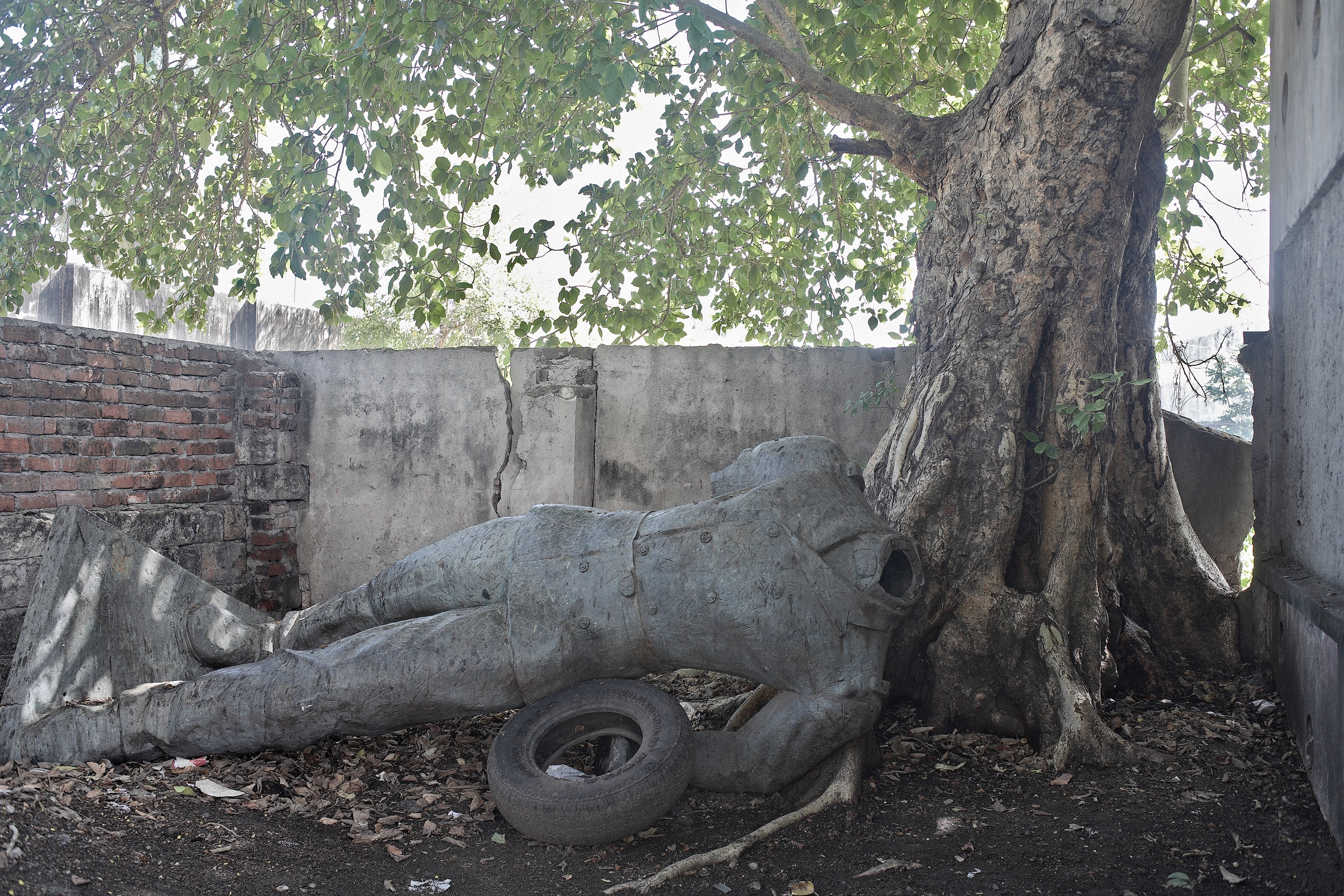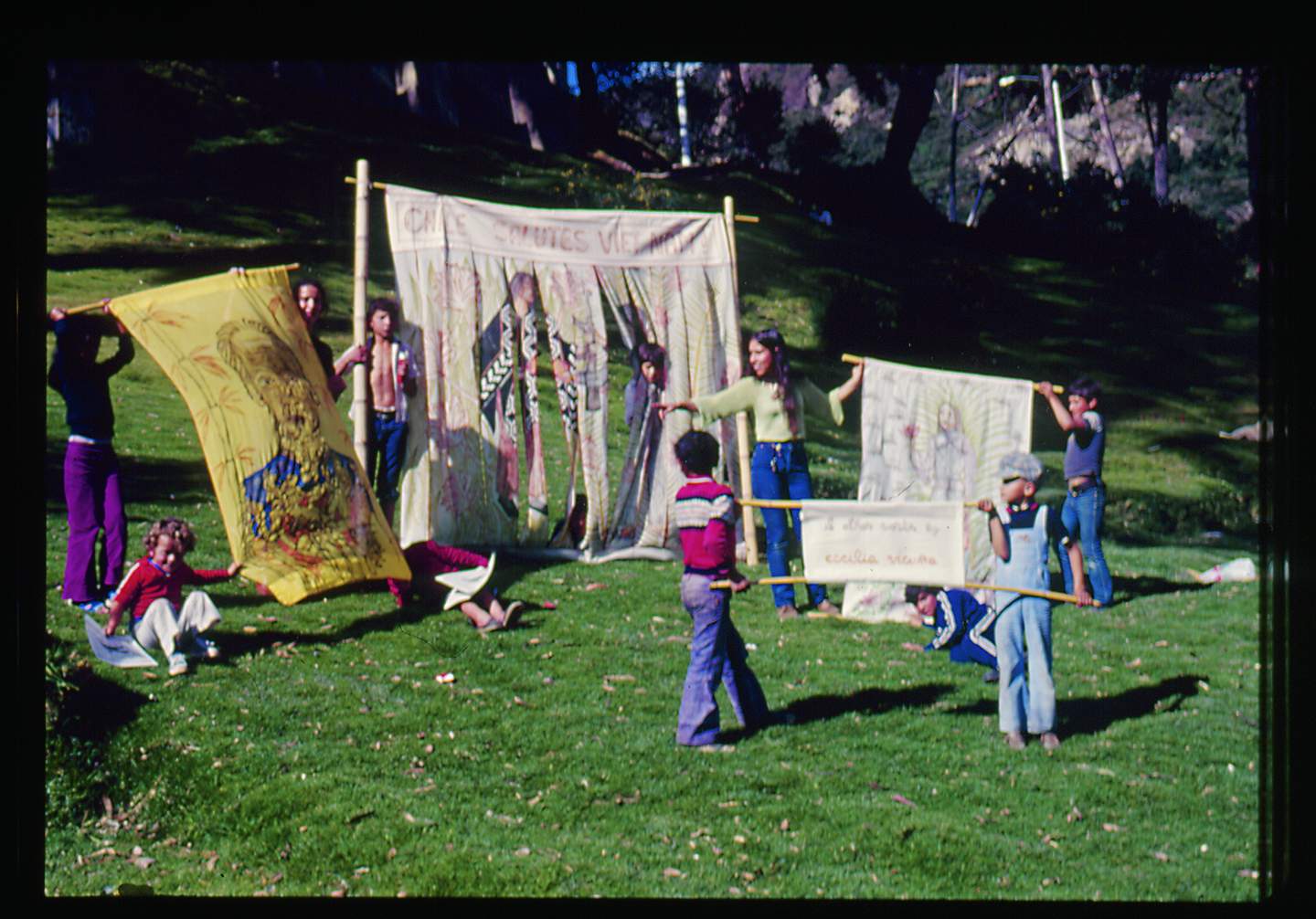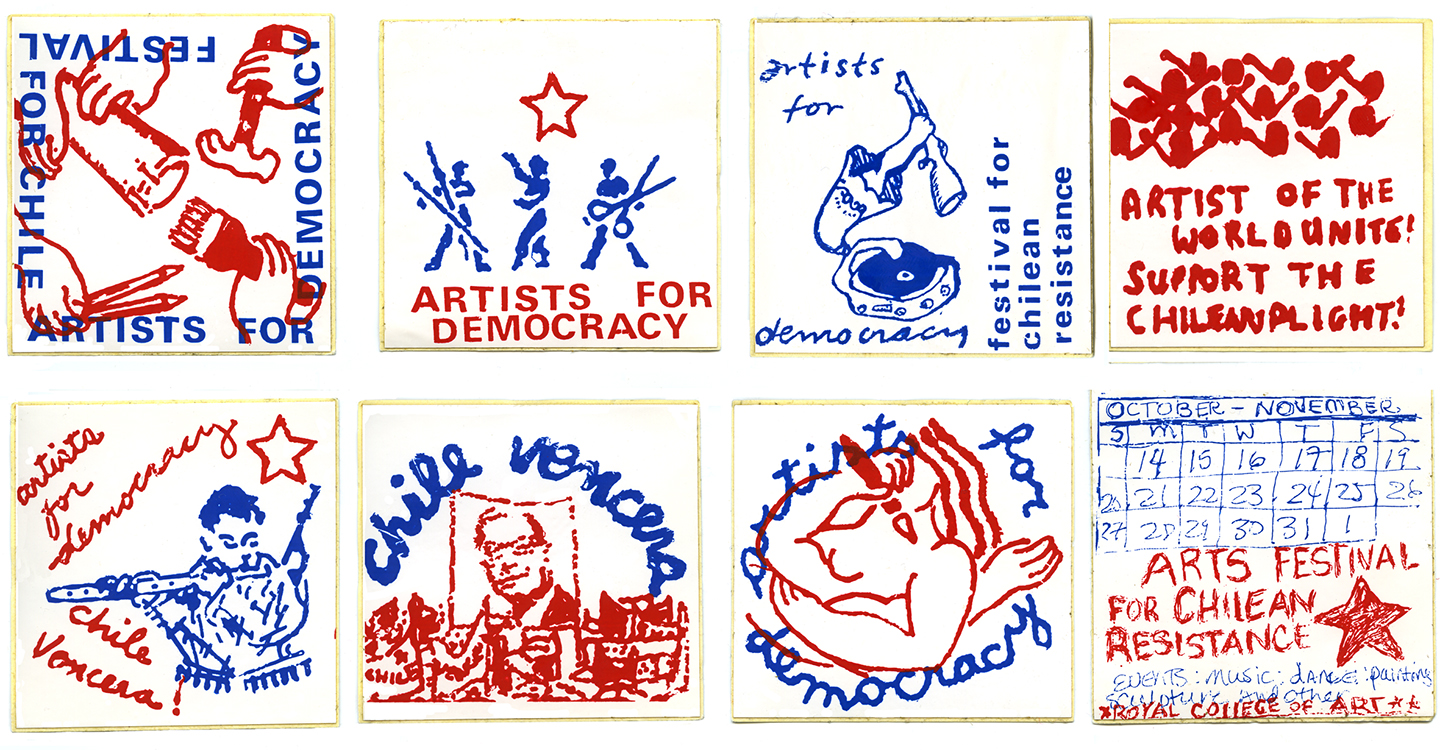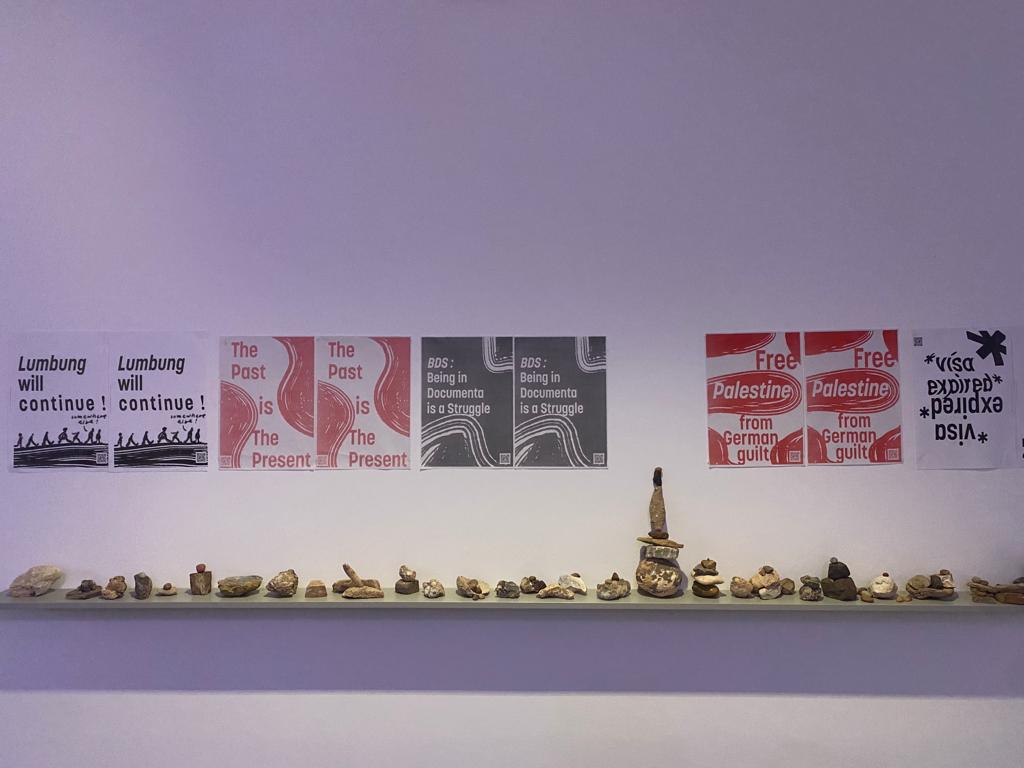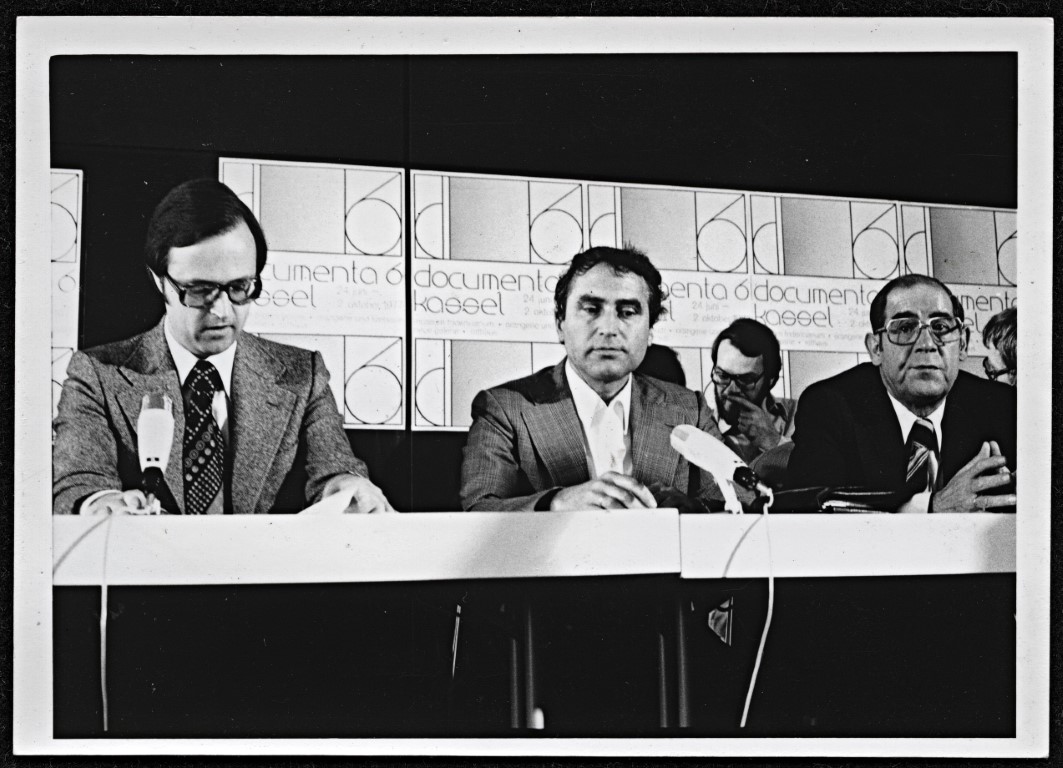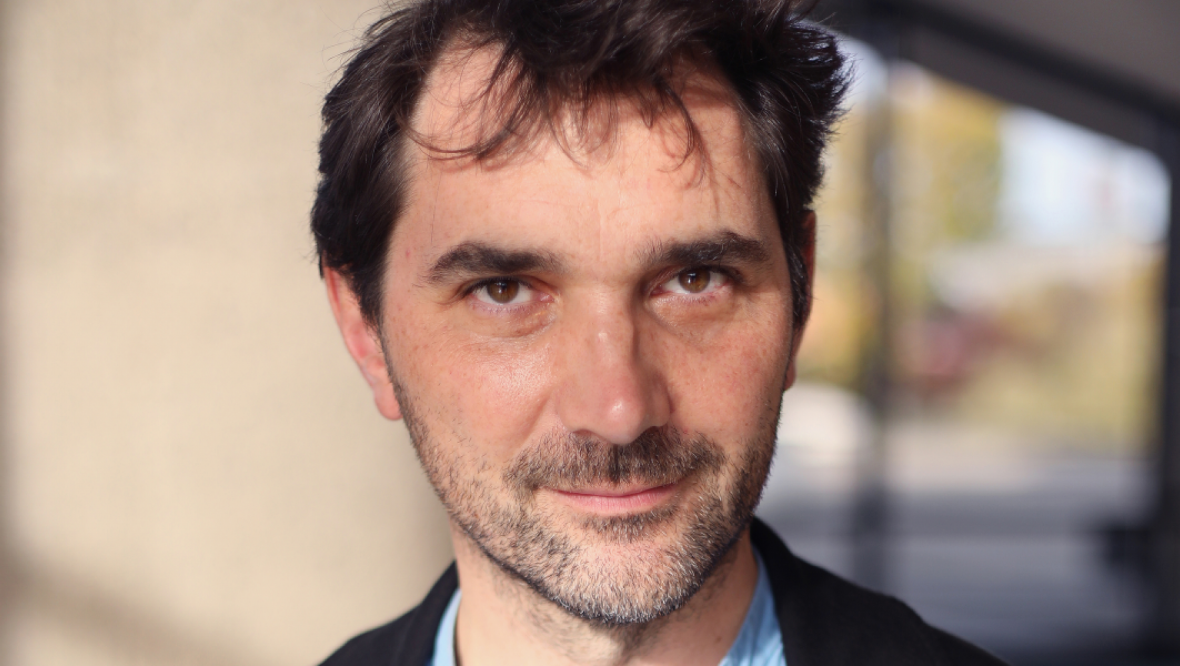
This interview was originally published in German by Monopol —Ed.
Which way forward for documenta—not just for the fifteenth edition of the global art exhibition, but also in the future? The curator Anselm Franke was a member of documenta’s advisory team and was supposed to moderate a panel in the now-canceled series “We Need to Talk.” He speaks to Monopol about the misunderstandings that arise when the conversation turns to the German culture of remembrance, anti-Semitism, and decolonial endeavors, and explains that all of it also has to do with documenta, the German obsession with being world champion, and a gradual profound change in the art world.
Philipp Hindahl: Let’s start with the documenta. Sabine Schormann recently resigned from the managing director’s post; you were on the team of advisors. What’s left for you to do?
Anselm Franke: We haven’t had a substantive role for a long time. The assignment of the team around the writer and curator Emily Dische-Becker was to provide the media consulting that became necessary, also at the request of the artists and curators. We helped plan the conversation forum “We Need to Talk.” But that was canceled, and amid the crisis in which the show has been embroiled ever since, there have been only informal consultations.
PH: A media release stated that the series was suspended until further notice. Is it going to resume?
AF: Our contracts ran out in mid-June. It was initially unclear whether the conversation forum would still take place because the officials wanted to see what the reactions to the show would be. When there was actual anti-Semitic iconography, it was obviously a whole different situation, and one that was extremely difficult for everyone who had tried to defend the exhibition against unwarranted accusations and who found their trust betrayed.
PH: You’re saying that the accusations that were raised before the opening were unwarranted, but other people would say that the anti-Semitic images were a disaster waiting to happen: the Central Council of Jews in Germany had expressed concerns over several participants’ proximity to BDS as early as January. What do you make of that?
AF: People lump too many things together and ignore finer but important distinctions; some are politically motivated, others just don’t know enough or don’t make an effort to think clearly. As I see it, the anti-Semitic imagery that was discovered in the Taring Padi banner doesn’t justify a blanket suspicion. If you look more closely, it was an isolated incident, and other suspicions have not been borne out or have been contested with good arguments. The dynamic of the media reporting had become completely untethered to the documenta itself and followed its own logic. That includes the conflation of anti-Semitism, “postcolonialism,” and the curatorial team’s approach. ruangrupa was accused of practicing a premodern collectivism. And we have to counter conflations of this sort, because they have disastrous effects on institutions, the German arts landscape, and the broader public discourse. Now some people believe they’ve detected a whole number of additional instances of anti-Semitism at the documenta, which has led to false news reports even as these suspicions proved unsupported by the facts. ruangrupa responded the right way, pointing out that the pictures in the 1988 brochure “Présence des femmes,” for instance, aren’t anti-Semitic. But critics stick to their premature categorizations and come up with new accusations. The mission of the team of experts would now be to exercise genuine diligence and publicly explain the revisions at which they arrive. What we need are historically accurate interpretations and iconographic analyses, before people just accept the publicized assessments of this documenta before it’s even over and the exhibition is definitively buried.
PH: But doesn’t it remain hard to explain how these motifs were given room at the documenta and no one was bothered? Which mechanisms must have failed for that to happen?
AF: The failure to recognize the anti-Semitic iconography in Taring Padi’s banner People’s Justice early on was certainly scandalous. It manifested a collision of different sensibilities, so the episode also called for a learning process. Nor is it news that there’s anti-Semitism in anti-imperialist movements broadly conceived, as in almost any personifying critique of abstract capitalist structures. On the other hand, Germans can’t wash their hands of their own history of anti-Semitism by projecting it onto others, like the Palestinian documenta participants. That was what happened in January, when the first accusations surfaced. When people who have lived under military rule in the Israeli-occupied territories for decades and who are deprived of fundamental rights call for a boycott, their motives just aren’t the same as the Nazis’ were, the essential difference being that the paranoid and delusional projections of the old European and völkisch anti-Semitism are divorced from reality. That contrasts with a violent political reality. When people fail to draw that distinction, they open the floodgates to flagrant denials of reality.
PH: Hold on, which reality are you referring to?
AF: When the mere act of invoking international law and pointing out the facts of an occupation is labeled anti-Semitic, that’s a license to deny the reality on the ground. Imagine for a moment that seventy years of military occupation in the Israeli-occupied territories never happened, but there’s still a BDS movement. Then I think we would have good reason to call that movement anti-Semitic. As Emily Dische-Becker observed to Dirk Peitz of the weekly Die Zeit, it’s increasingly becoming impossible in Germany to advocate for the two-state solution, which is the official position of the German government, or take the positions of the United Nations. But can it be German raison d’état to share, in the name of the past, the positions of the radical right or the Israeli settler movement?
PH: The criticism during the run-up to the documenta was sparked by connections to the BDS (Boycott, Divestment, and Sanctions) movement, whose demands, though somewhat vague—among them are a cultural boycott against Israel and Israeli institutions and sometimes also the exclusion of Israeli artists—may ultimately amount to the end of the state of Israel.
AF: I myself am not a supporter of BDS, but I think the sweeping condemnations of the movement as anti-Semitic are highly problematic, especially in light of the fact that there are Jews and Israelis among its participants and sympathizers, who surely don’t call into question Israel’s right to exist. That’s a German defensive attitude, a face-saving pretext for a perpetrator nation. The question of Palestinians’ right of return, in any case, is not something we in Germany can resolve by excluding artists who have signed one or another open letter. People keep arguing that the right of return for Palestinians would endanger the existence of the Jewish state of Israel. But the consequence can’t be that any form of forced displacement and expropriation, then and now, is justified and that merely mentioning these things is anti-Israel. Those are German conflations that even Israeli intellectuals often observe with incredulity and bafflement.
PH: You were involved in the “GG 5.3 Weltoffenheit Initiative,” which rejected the Federal Government’s resolution condemning BDS as anti-Semitic. The initiative’s statement mentions the challenges that cultural institutions face in communicating the memory of the Shoah to international partners. In the documenta debate, too, critics of anti-Semitism have often been disparaged as parochial. Is the German culture of remembrance incompatible with decolonial thinking?
AF: I would wish that more room would open up for nuanced analyses. I think that frontline is a construction, because there’s no longer a defensible scholarly basis for it. Historians have documented the connections between the Nazi genocide and colonial history, and far from simply negating the singularity of the Shoah, their scholarship has helped throw its contours into sharper relief. The Nazi’s “redemptory anti-Semitism” was one thing; imperial and racist genocide on the edges of colonies, as in Namibia, was something else. But redemptory anti-Semitism was importantly also an imperialist and racist genocide in the age of the European colonial powers. To characterize what makes the Shoah singular, we need to embed it in colonial history while also recognizing the unique features of the strategy that served to justify anti-Semitism, which is to say, the way anti-Semitism was cast in the völkisch discourse as part and parcel of a history of salvation.
PH: In the planned discussion event series to accompany the documenta, you were supposed to moderate a panel about German and international conceptions of anti-Semitism and racism. How do the debates here differ from those elsewhere?
AF: That’s a complex issue that’s reflected quite clearly in the history of documenta. There have always been artists who delved into the history of National Socialism, doing research and uncovering continuities. Meanwhile, from the start documenta itself was part of a history of the rehabilitation of Germany as a cultural nation: How does the ostensible inversion of degenerate art transform the perpetrator nation into a leading art nation? Of course, that kind of recoding is a much more complex process, but in the Cold War, the autonomy of art was seized on as a way to exorcize the specters of the past. The generation of ’68 then thoroughly scrambled this constellation before embracing the autonomy of art with unprecedented fervor. The result was a depoliticization that’s now coming back to haunt us. The exhibition “Parapolitics” at the Haus der Kulturen der Welt in 2017, which I cocurated, studied this shift. Right now, art institutions are under enormous pressure because the narratives from which they draw their legitimacy are eroding and being challenged by protests and social justice movements. They’re compelled to think hard about what they do and about their foundations. For an example in Germany, just look at the debate around the Humboldt Forum.
PH: So in which ways do institutions need to change?
AF: There’s a been movement within the art world to recognize and critique its own Eurocentric basic premises. Think, for example, of the exhibition “‘Primitivism’ in 20th Century Art” at the Museum of Modern Art, New York, in 1984, or of “Magiciens de la terre” at the Centre Pompidou, Paris, in 1990. In a certain sense, the current documenta is a culmination of that movement. What’s simplistically called postcolonialism is the attempt to mount a structural critique of a much longer history of modernity—and when that critique looks at what happened after 1945, it doesn’t see a simple deliverance from racism and anti-Semitism.
PH: What might the next documenta look like?
AF: I believe a plural society must be capable of living with dissensus. That’s also the position the interim director is defending with great elegance. Whether documenta can retain its global significance is a good question. An essay by the French art historian Catherine Dossin has raised the question of the “German century.”
PH: Did she mean the century of documenta?
AF: Documenta is representative of the obsession with being world champion—world champion in coming to terms with the past, world champion in exhibition-making. Athletic achievements were one form of compensation for the global conquest that eluded Germany, and the artistic conquests also always had an air of athletic competition. Dossin places that in the context of the question of the symbolic transfer that took place between the US and Germany. Avant-gardists who, before the Second World War, participated in a predominantly anti-bourgeois, revolutionary practice became poster children after the war, agents of a re-civilization under the aegis of the bourgeoisie. Those days are now gone—the geopolitical premises and the conceptions of subjectivity behind it have become untenable.
PH: And after the “German century,” will there still be a documenta?
AF: What we’re witnessing, especially in conservative cultural criticism, is old structures and privileges not wanting to die. But perhaps we’re going to need another documenta to make clear that the art world in its present-day form, between the market and the institutions, has no future. In the art world—but not in the one that ruangrupa invited—the market, which derives value from speculation, and the art world supported by public funding are drifting apart. The gulf has grown too wide for any one star curator to bridge by power of their charisma. When it comes to questions of how to frame something in the context of global history, also beyond the narrow confines of contemporary art, we’ll need new symbioses. Those symbioses are emerging in the interactions between activism, local art institutions, and the reassessment of colonial history—and no longer primarily in art.
Translated from the German by Gerrit Jackson
